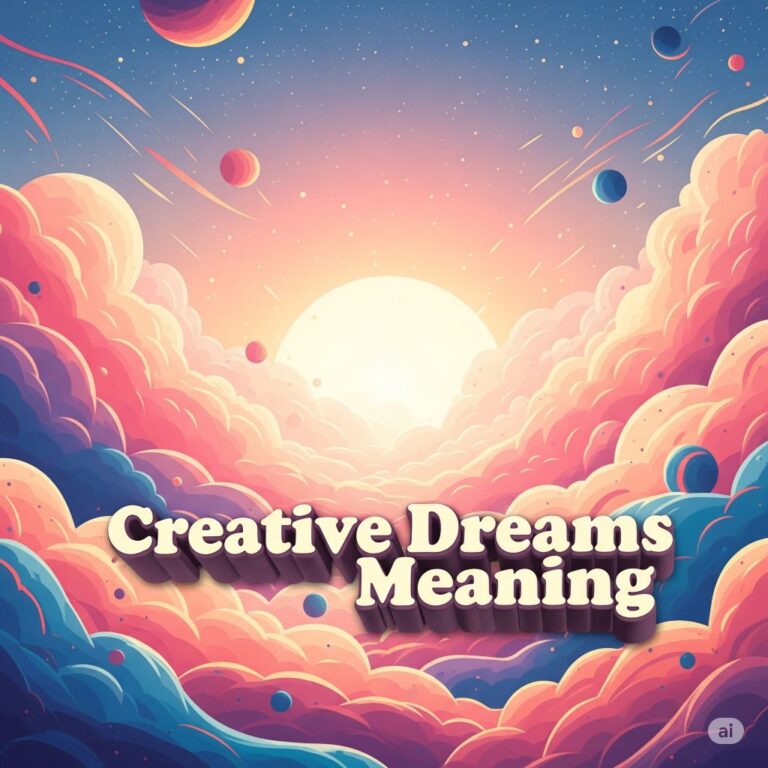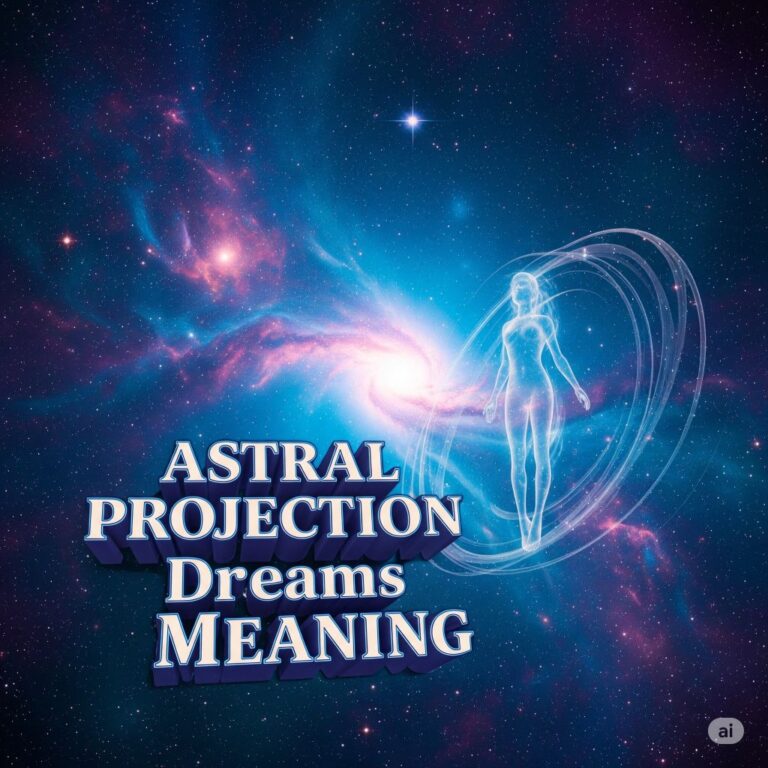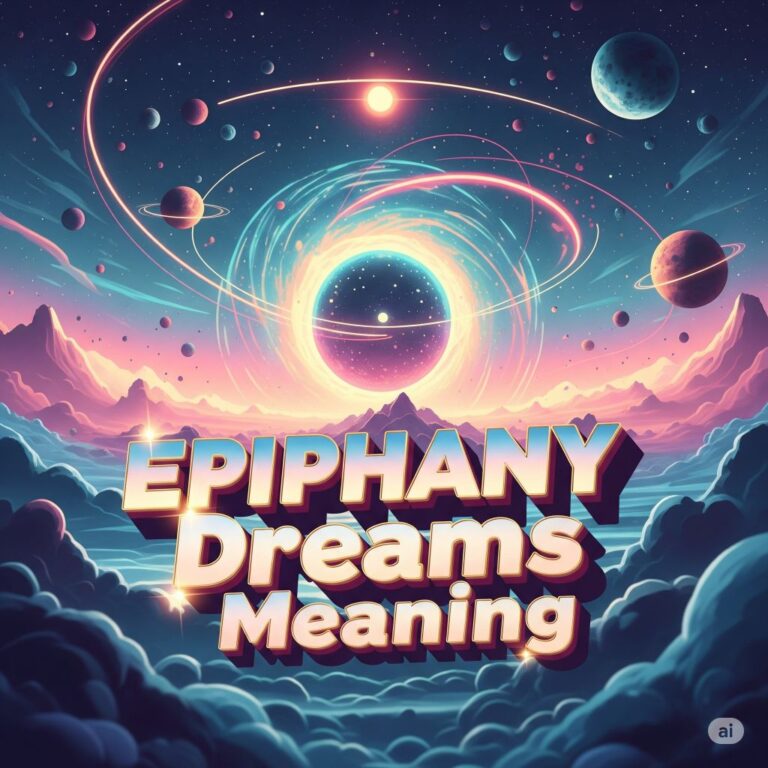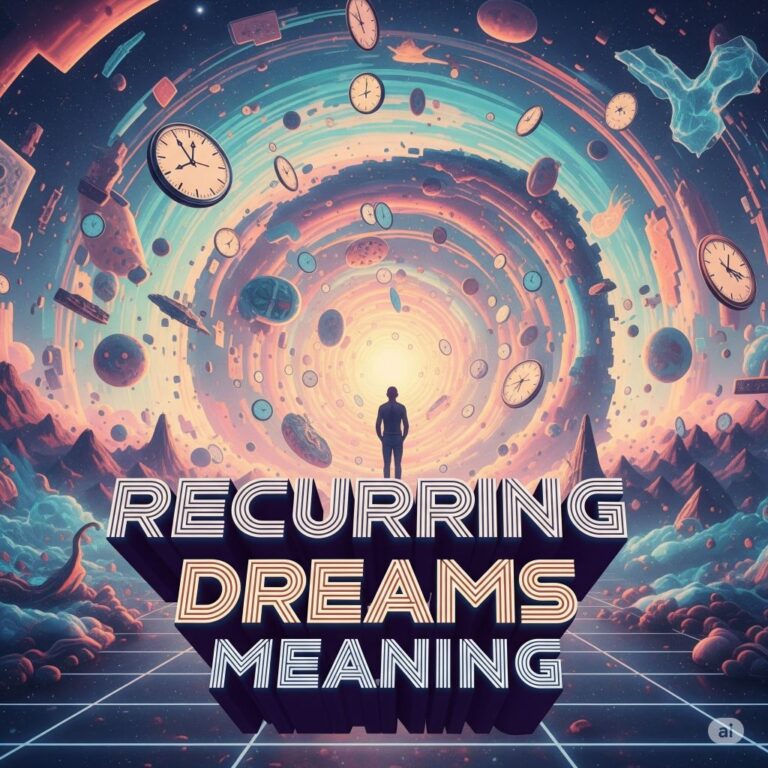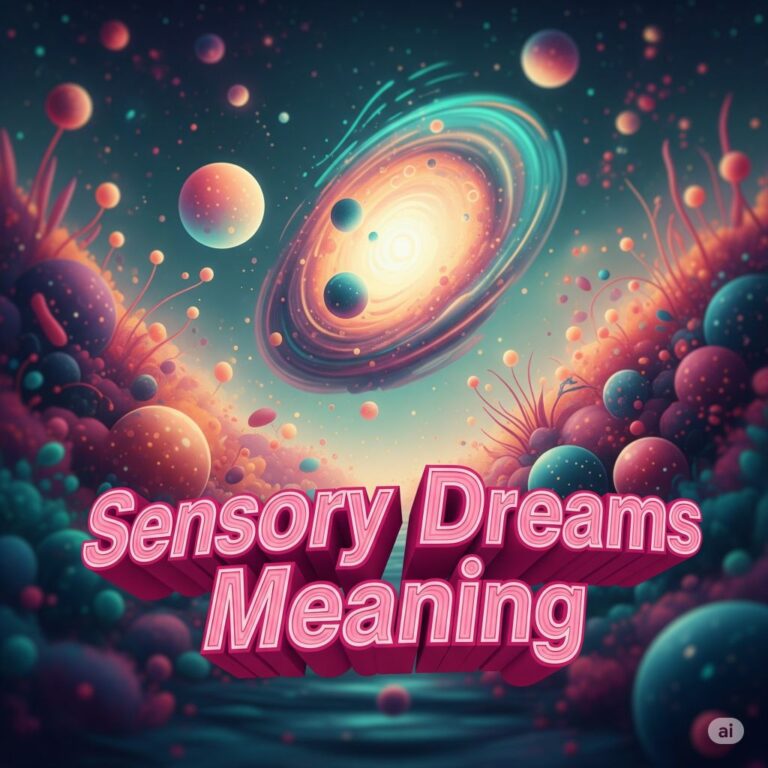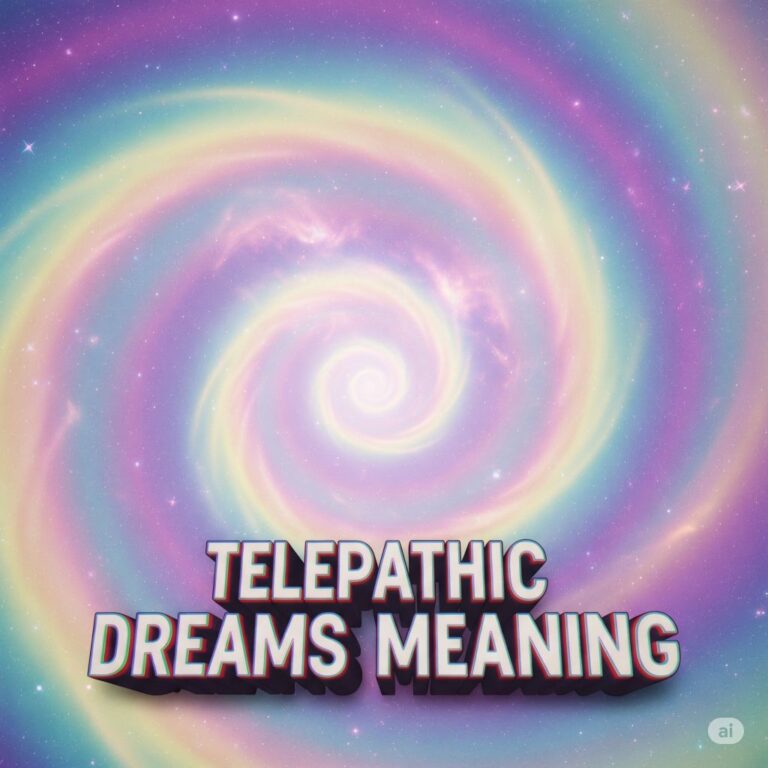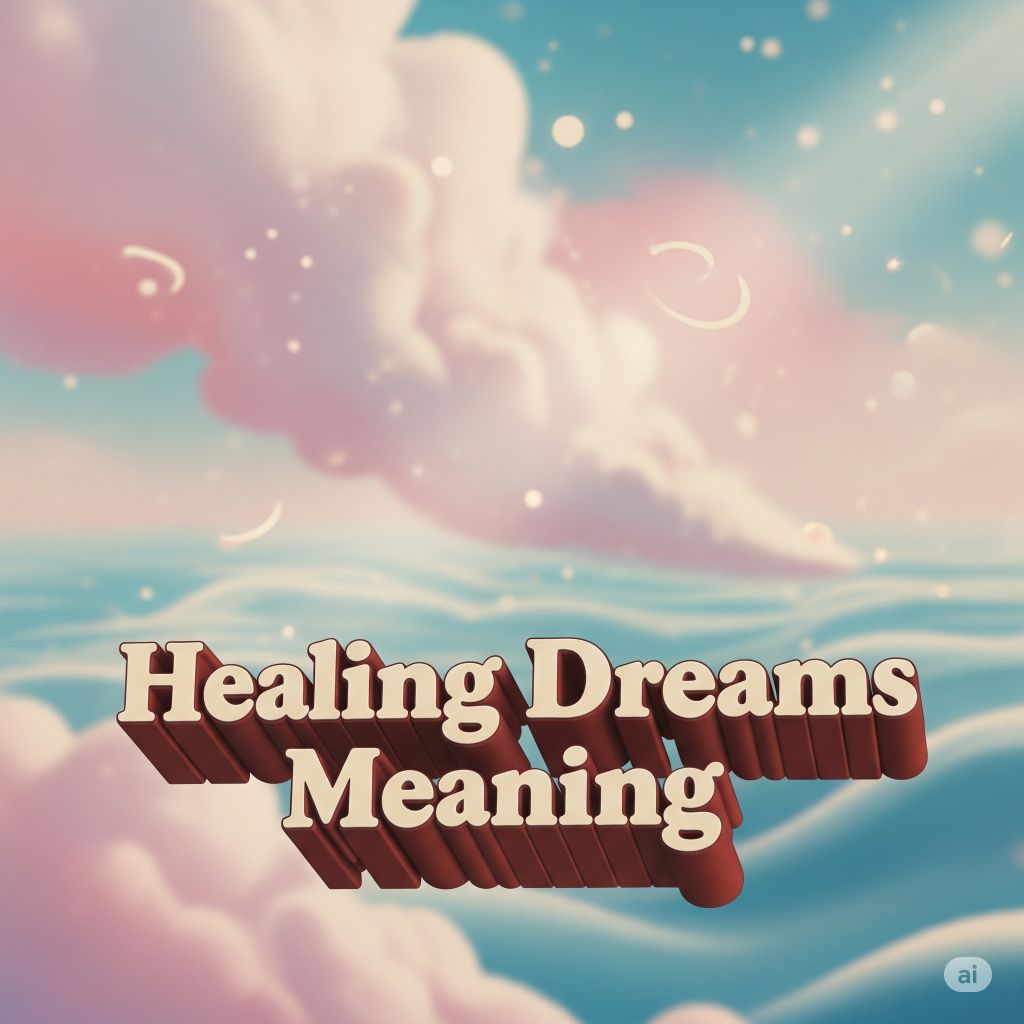
Healing dreams represent a profound intersection of consciousness, symbolism, and wellness that has been recognized across cultures and throughout history. These special dream experiences are characterized by their restorative nature and their apparent ability to address physical, emotional, psychological, or spiritual ailments. Unlike ordinary dreams, healing dreams often leave the dreamer with a distinct sense of transformation, insight, or relief that extends beyond the dream state into waking life.
This article explores the rich tradition of healing dreams, examining their characteristics, historical significance, psychological and physiological mechanisms, contemporary applications, and how individuals might cultivate and work with these powerful nighttime experiences for greater wellbeing.
What Are Healing Dreams?
Healing dreams are dreams that appear to facilitate healing processes on one or more levels of human experience—physical, emotional, psychological, or spiritual. These dreams stand out from ordinary dreams through several distinctive qualities:
- Vivid Intensity: They often possess unusual clarity, emotional power, and memorable imagery.
- Transformation: They frequently feature transformation narratives or imagery (e.g., something broken becoming whole).
- Resolution: They may provide resolution to long-standing conflicts, traumas, or questions.
- Symbolic Relevance: They contain imagery directly relevant to the dreamer’s health concerns or life challenges.
- Emotional Release: They often involve powerful emotional catharsis.
- Lingering Impact: Their effects tend to persist upon waking, sometimes creating immediate shifts in symptoms or perspective.
- Guidance: They may offer specific information, advice, or direction related to healing.
Historical and Cultural Perspectives
The recognition of dreams as healing agents spans human history and appears across diverse cultural traditions:
1. Ancient Temple Sleep (Incubation)
The practice of “incubation”—sleeping in sacred spaces to receive healing dreams—was widespread in many ancient cultures:
- Greek Asclepian Tradition: Perhaps the most famous healing dream tradition centered around temples dedicated to Asclepius, the god of medicine. Supplicants would undergo purification rituals before sleeping in special dormitories (abaton) where they believed Asclepius or his serpents would visit them in dreams, either healing them directly or prescribing treatment.
- Egyptian Practices: Similarly, ancient Egyptians sought healing dreams at temples dedicated to Serapis and Isis, where priest-physicians would interpret the dream messages.
- Mesopotamian Traditions: The temples of Mamu (goddess of dreams) served similar functions in ancient Mesopotamia.
2. Indigenous and Shamanic Traditions
Across indigenous cultures worldwide, dreams have been recognized as powerful sources of healing:
- Native American Perspectives: Many tribes view dreams as direct communication with healing spirits or power animals.
- Australian Aboriginal Dreamtime: Dreams are considered connections to ancestral wisdom and healing knowledge.
- Amazonian Shamanism: Dreams often guide healers to specific plant medicines or treatment approaches.
3. Religious Traditions
Major world religions have incorporated healing dreams into their spiritual frameworks:
- Christianity: Incubation practices at saints’ shrines and churches continued well into the Middle Ages.
- Islam: The Islamic tradition recognizes true dreams (ru’ya) as potential sources of guidance and healing.
- Buddhism: Tibetan dream yoga and similar practices view dreams as opportunities for spiritual healing and enlightenment.
Scientific and Psychological Perspectives
Modern science offers several frameworks for understanding the potential healing mechanisms of dreams:
1. Neurobiological Processes
Research suggests several ways dreams may contribute to physical healing:
- Memory Consolidation: During REM sleep, the brain processes emotional memories, potentially helping to resolve traumatic experiences.
- Immune Function: Quality REM sleep is associated with improved immune system functioning.
- Stress Reduction: Effective dream processing may reduce stress hormones that impair healing.
- Neural Integration: Dreams may facilitate integration between brain regions that process emotional and somatic experiences.
2. Psychological Mechanisms
From a psychological perspective, healing dreams may work through several pathways:
- Unconscious Problem-Solving: Dreams can process complex emotional material outside conscious awareness.
- Integration of Experience: They may help integrate dissociated or overwhelming experiences into coherent narratives.
- Symbolic Communication: Through metaphor and symbolism, dreams may communicate information from nonverbal parts of the psyche.
- Emotional Processing: Dreams provide a safe space to experience and release difficult emotions.
3. Contemporary Research
Modern sleep and dream research has begun to validate aspects of traditional healing dream practices:
- Trauma Resolution: Studies show that dreams may play a crucial role in processing traumatic memories.
- Emotional Regulation: Research indicates that REM sleep helps regulate emotional responses to difficult experiences.
- Creative Problem-Solving: Studies demonstrate that dreams can contribute to finding novel solutions to personal and health challenges.
Types of Healing Dreams
Healing dreams tend to fall into several distinct categories, each with different healing functions:
Table 1: Types of Healing Dreams and Their Functions
| Dream Type | Characteristics | Healing Function |
|---|---|---|
| Diagnostic Dreams | Reveal unknown health conditions; offer insights about the source of illness | Identifying underlying causes; directing attention to overlooked health issues |
| Prescriptive Dreams | Suggest specific treatments, remedies, or actions | Providing guidance for healing approaches; connecting with intuitive knowledge |
| Transformative Dreams | Feature powerful metaphors of death/rebirth, transformation, or integration | Facilitating major psychological shifts; supporting identity transformation during illness |
| Emotional Release Dreams | Involve intense emotional catharsis; expression of repressed feelings | Releasing emotional blockages; processing unresolved feelings |
| Integrative Dreams | Reconcile conflicting aspects of self; resolve inner conflicts | Promoting psychological wholeness; integrating fragmented aspects of experience |
| Transcendent/Spiritual Dreams | Encounters with divine figures, deceased loved ones, or higher wisdom | Providing meaning and spiritual perspective; reconnecting with deeper sources of strength |
1. Diagnostic Dreams
These dreams appear to identify or highlight health issues that may have been overlooked or not yet manifested obvious symptoms:
- Case Example: Carl Jung reported a dream of a pain in his liver, leading him to seek medical attention despite having no waking symptoms. Doctors discovered a potentially serious condition requiring treatment.
- Key Features: Often include direct body imagery, pain in specific locations, or symbolic representations of affected organs or systems.
2. Prescriptive Dreams
These dreams provide specific guidance about treatments, approaches, or lifestyle changes:
- Historical Example: In ancient Greece, dream prescriptions from Asclepian temples included specific herbs, diet changes, exercises, or ritual practices.
- Modern Examples: Dreams suggesting particular supplements, treatments, or even directing attention to research or specialists the dreamer was unaware of.
3. Emotional Release Dreams
These dreams facilitate the release of repressed emotions related to trauma, grief, or conflict:
- Characteristics: Often involve crying, screaming, confronting fears, or expressing long-held emotions.
- Aftermath: Frequently followed by a sense of relief, lightness, or emotional clearing upon waking.
4. Transformative Dreams
These powerful dreams depict the transformation of the dreamer or their situation through symbolic narratives:
- Common Imagery: Death and rebirth, metamorphosis, journeys, initiation rituals.
- Impact: Often mark significant turning points in healing journeys or personal development.
Physiological Aspects of Dream Healing
The relationship between dreaming and physical healing involves several physiological processes:
1. Sleep Architecture and Healing
- REM Sleep Benefits: REM sleep, when most vivid dreaming occurs, is associated with immune system regulation, emotional processing, and neural plasticity.
- Slow-Wave Sleep: Deep, non-REM sleep stages promote physical restoration, tissue repair, and growth hormone release.
- Sleep Cycles: The natural alternation between sleep stages creates an optimal environment for both physical and psychological healing.
2. Mind-Body Communication
- Psychoneuroimmunology: Research demonstrates connections between psychological states and immune function, suggesting how dream-induced psychological shifts might influence physical healing.
- Stress Reduction: Effective dream processing may reduce stress hormones like cortisol that can impair healing.
- Embodied Cognition: Dreams may reflect and influence how the mind processes body-related information.
Working with Healing Dreams
For those interested in cultivating healing dreams, several approaches have proven effective:
1. Dream Incubation Techniques
The ancient practice of dream incubation can be adapted for contemporary use:
- Clarify Intent: Formulate a clear, specific healing question or intention.
- Create Sacred Space: Prepare your sleep environment to support healing (e.g., calming elements, meaningful objects).
- Focused Attention: Spend time before sleep meditating on your healing intention.
- Affirmation: Use simple phrases to program your dream content (e.g., “I ask for guidance about healing my back pain”).
- Receptivity: Maintain an attitude of openness to whatever form the dream guidance might take.
2. Dream Recall and Documentation
Improving dream recall is essential for working with healing dreams:
- Dream Journal: Keep a journal and pen by your bed.
- Morning Ritual: Set aside time each morning to record dreams before they fade.
- Non-Judgment: Record all dreams, even fragments or seemingly irrelevant content.
- Body Scanning: Upon waking, notice any changes in physical symptoms or emotional state.
3. Dream Interpretation for Healing
Effective interpretation approaches for healing dreams include:
- Personal Associations: Consider what the dream symbols mean specifically to you.
- Embodied Response: Notice how your body responds to different dream elements.
- Multiple Levels: Consider both literal and metaphorical meanings, especially for body-related imagery.
- Action Steps: Identify practical actions suggested by the dream.
Table 2: Dream Symbols and Potential Healing Interpretations
| Symbol | Potential Healing Interpretations |
|---|---|
| Water | Emotional healing, purification, the unconscious, adaptability |
| Animals | Natural instincts, specific qualities needed for healing (e.g., lion = courage) |
| Buildings/Structures | The body’s structure, psychological framework, boundaries |
| Vehicles | How one moves through the healing journey, current approach to health |
| Light/Darkness | Awareness/unawareness, hope/despair, energy levels |
| Plants/Growth | Natural healing processes, development, patience needed |
| Death/Rebirth | Transformation, letting go of old patterns, new beginnings |
| Integration/Wholeness Symbols | Mandalas, circles, marriage imagery = psychological integration |
4. Integrating Dream Guidance
Turning dream insights into healing actions:
- Dialoguing: Continue conversations with dream figures through active imagination.
- Creative Expression: Draw, paint, or write about powerful dream images to deepen their impact.
- Somatic Work: Recreate healing sensations experienced in dreams through movement or body awareness.
- Symbolic Actions: Perform rituals or actions that mirror healing processes from dreams.
- Practical Steps: Implement lifestyle changes, treatments, or approaches suggested by dreams.
Contemporary Applications and Research
Modern healthcare and psychology have begun incorporating dream work into various healing contexts:
1. Clinical Applications
- Trauma Therapy: Approaches like Imagery Rehearsal Therapy use dreams to address PTSD and nightmare disorders.
- Grief Processing: Dream work helps those grieving process emotions and find continuing bonds with deceased loved ones.
- Pain Management: Dream imagery is used in some integrative approaches to chronic pain.
- Addiction Recovery: Dreams often reveal unconscious aspects of addiction and resources for recovery.
2. Integrative Health Settings
- Mind-Body Programs: Some integrative medicine centers incorporate dream work into holistic treatment plans.
- Group Dream Work: Healing dream circles provide community support for those facing health challenges.
- Complementary Approach: Dream work increasingly serves as a complement to conventional medical treatment.
Conclusion
Healing dreams represent one of humanity’s oldest recognized therapeutic resources—a natural capacity of the mind to support wellness and recovery. From ancient temple sleep to modern clinical applications, these powerful dream experiences continue to offer paths to greater wholeness and health.
The science of sleep and dreams increasingly validates what many traditions have long recognized: that our dreams can serve as meaningful resources for healing on multiple levels. Whether through emotional processing, insight into physical conditions, symbolic transformation, or connection to deeper wisdom, healing dreams offer a uniquely personal medicine that emerges from within.
While not replacing conventional medical care, attentiveness to healing dreams can complement other approaches to wellness by engaging the mind’s natural capacity for regeneration, integration, and meaning-making. By cultivating receptivity to these dreams and learning to work effectively with their messages, we can access an inner dimension of healing that has supported human wellbeing throughout history.

